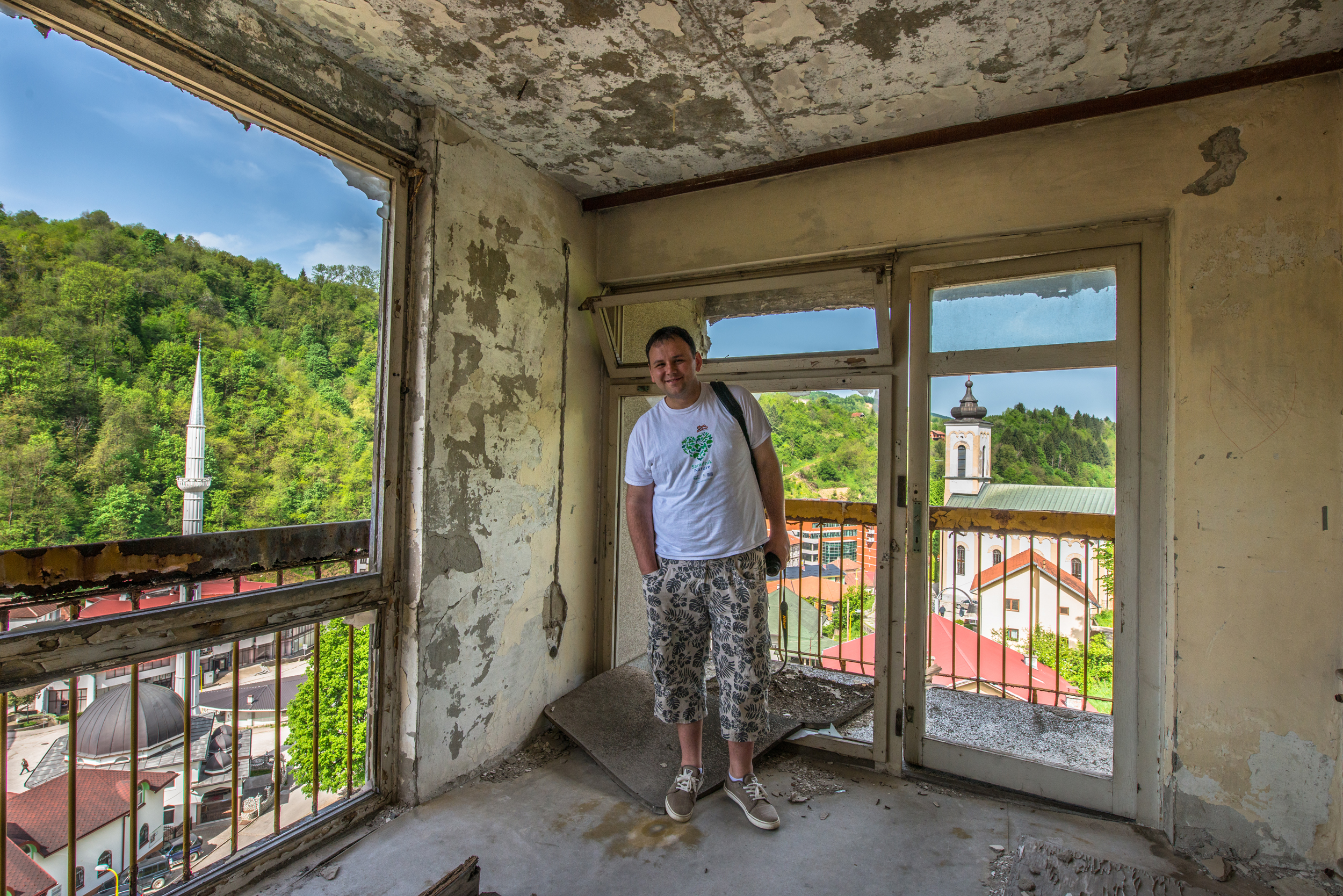I used to be a lawyer. Today, I’m a victim.
Twenty years after 11 July 1995, how are we to remember “Srebrenica”? Is there any neutral location from which we remember? From which position am I remembering 7/11? From a position of a citizen of the Federal Republic of Yugoslavia (consisting in 1995 of Serbia and Montenegro), who cannot but remember that in the first years of post-Yugoslav warfare, Serbian soldiers who came back from the Croatian and Bosnian fronts reported to the Belgrade patriotic press that the best things in the war were “shooting and fucking” (pucanje i tucanje). Am I to remember “Srebrenica” as a citizen of the current Serbian state, then, I must say that in spite of the fact that a number of Serbian intellectuals are still waiting for a “Serbian Willy Brandt”, none of Serbian former and current presidents acknowledged the truth that Serbian (para-)military forces who on 7/11 performed the massacre of more than 8.000 Muslim male citizens of Bosnia and Herzegovina, stopped short in calling it genocide. Any attempt to apologize end up with the (Serbian) claim that “all sides” involved in the wars suffered, which come to mean “we” were “all” victims of “others.”
Or should I remember 7/11 from a feminist positioning and reiterate that post-Yugoslav wars, as wars in general, were gendered endeavors. But is there a unison feminist location? Feminist activists and theoreticians (both local and foreign) paid less attention to the Srebrenica massacre of Bosniak men in 1995 than to the issue of “powerless raped Bosnian women,” which around 1993 divided feminist circles into two opposed camps: one called for “nationalist feminism” insisting on the victims ethnic origin, stressing the fact that the majority of the female victims were Bosniak and Muslim (raped by the Serb armies); the other position was spoken by those feminists and feminist groups primarily from Zagreb who asserted that the rape and violence against women is a crime against humanity.
What I could remember over the last twenty years after “Srebrenica” is that every nationalist/ethnic account emerging in Bosnia and Herzegovina has been formulated and officially carried out as the discourse of victimhood. This discourse is tightly linked to, even conditioned by the politics of remembering. The major visualisation of the victim, which run – and still runs – in Bosnian-Herzegovian, Bosniak and foreign media is the representation of nameless and voiceless “Srebrenica woman” – survivor, displaced person, homeless, and refugee – wearing white headscarves, indicating that she is in mourning. This image, even if it points to the rural setting, is powerful, no doubt. The problem is that this (media) image de-individualises and generalises the memories of women who survived the war, each of them having personal and different memory about her losses: about male family members massacred in Srebrenica whose bodies are not yet identified, about inability to mourn on the grave of the deceased, about absent homes, about their pre-war lives and post-war traumas.

It is hard to grow up in a town where there is only one café, no cinema, no dancing club, or any other place to hang out. Working here, there and everywhere, Mladen tries to engage young people and find ways to occupy their time and interest them in positive activities. These include events at the youth club, art competitions, and interviews about Srebrenica today. Photo: © Dejan Petrović
Today, a number of (female) artists living and working within the borders of (Dayton-made) Bosnia and Herzegovina – filmmakers, visual artists, and poets – along with a smaller number of Bosnian scholars are engaged in constituting their post-war society relying on a re-politicized imagination, focusing on the individual, personal witnessing and working out of the war’s past: they are offering in their works alternative forms of mourning – establishing a “politics of hope” (Damir Arsenijević).
These politicised artistic and theoretical gestures do indeed challenge the state-coordinated politics of commemorations that took and will take place in the Memorial in Potočari on 11 July 2015. In his outstanding article “The New History of Death” (2007), Mark Jarzombek remarks: “Initially, the alternative language of commemoration was created in opposition to the efforts of the state, but this is certainly no longer always the case… The state nowadays is interested in themes of trauma, having recognised the political advantages of victimhood. And this, of course, allows metaphysics to crawl back into its accustomed place.”
Berlin, April 2015.
In 2015, this text was published as part of the exhibition and publication project SREBRENICA TODAY, which was initiated on the occasion of the commemoration of the 20th anniversary of the Srebrenica genocide and the signing of the Dayton Agreement and shown on 11 July at the Srebrenica-Potočari Memorial Center as part of the official commemoration ceremony.
Srebrenica today
Publisher: ERSTE Foundation, 2015
Editor: Christiane Erharter
Photographs by Dejan Petrović
Texts by Boris Buden, Erhard Busek, Slavenka Drakulić, Doraja Eberle, Haris Pašović, Bojana Pejić, Wolfgang Petritsch, Jasmila Žbanić
Supported by Doraja Eberle in cooperation with “Bauern helfen Bauern” – Bratunac
The exhibition was also displayed in the premises of ERSTE Foundation in Vienna, at the Cultural Center Parobrod in Belgrade, at the European Forum Alpbach, and, in 2016, in Philantropy House in Brussels. Twenty years after the genocide SREBRENICA TODAY was a visual portrait of the town and its residents showing moments of everyday life in the town of Srebrenica and its surroundings.
The exhibition was comprised of eight posters. Each of them featured photo-portraits of the residents, their everyday life or professional activities. These portraits were combined with texts by personalities from the fields of politics, arts and culture.